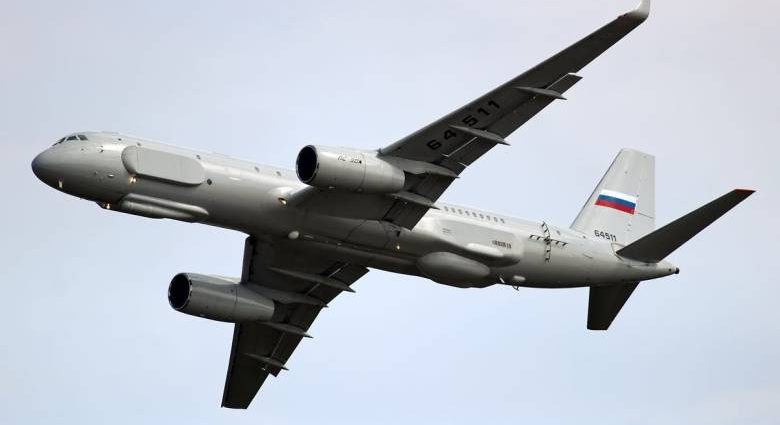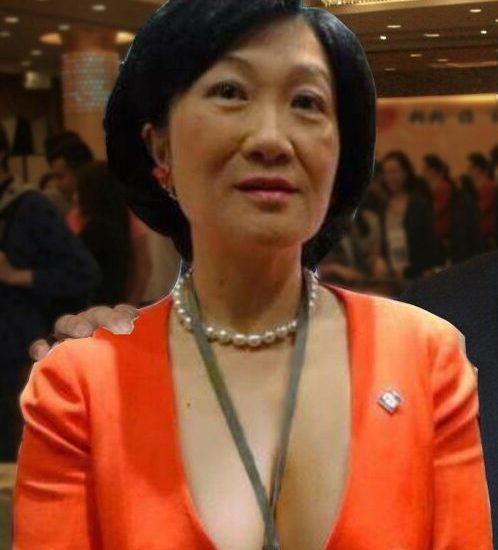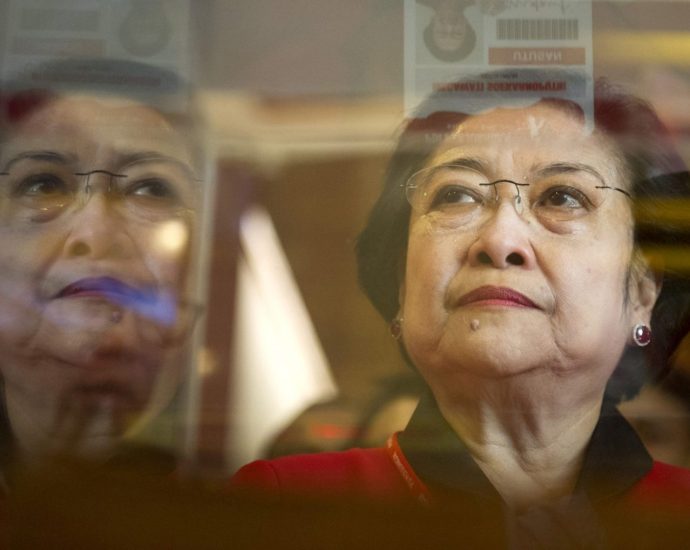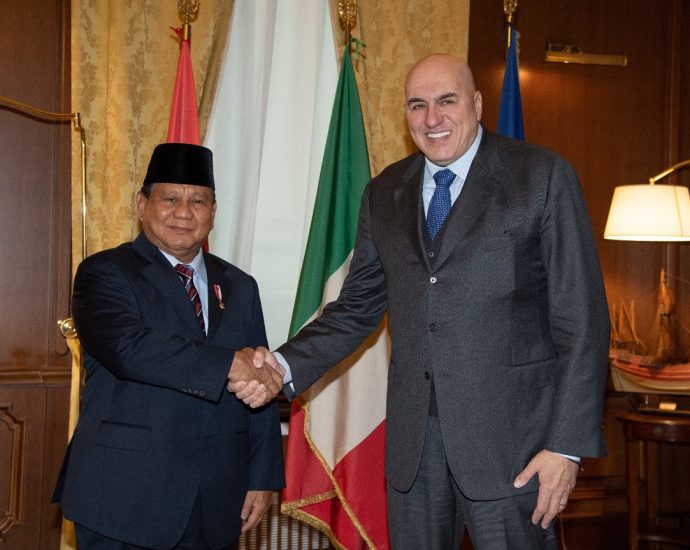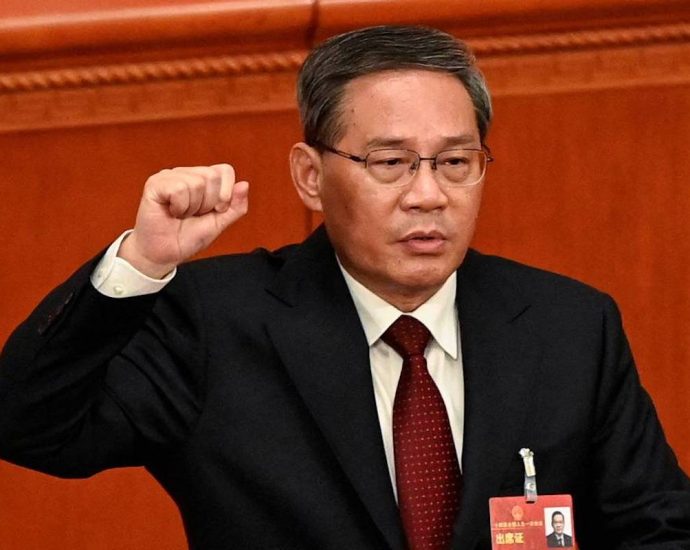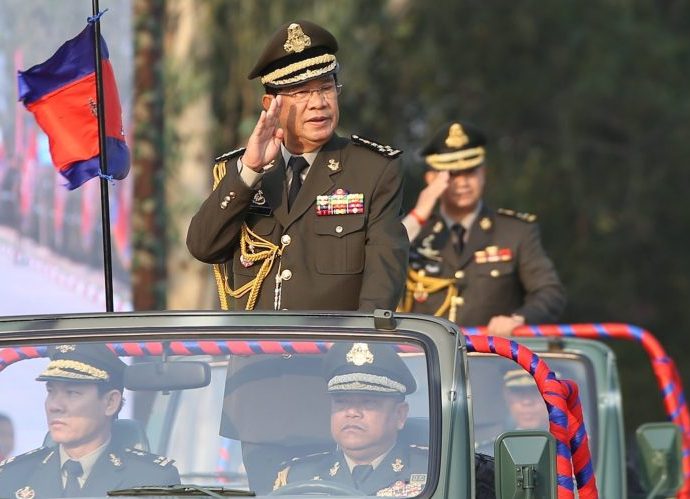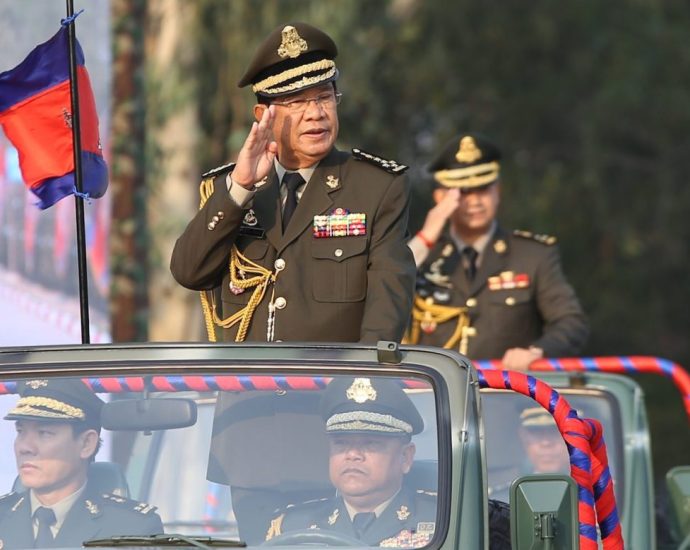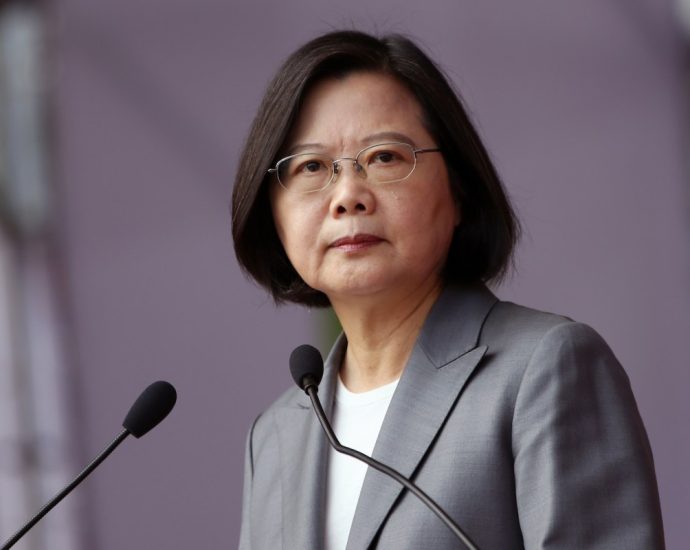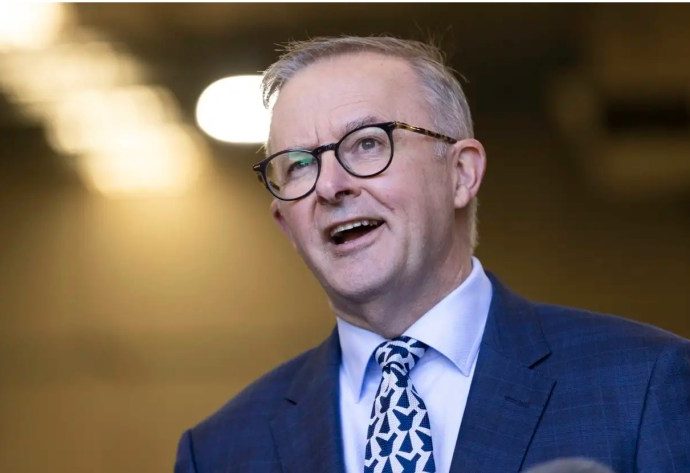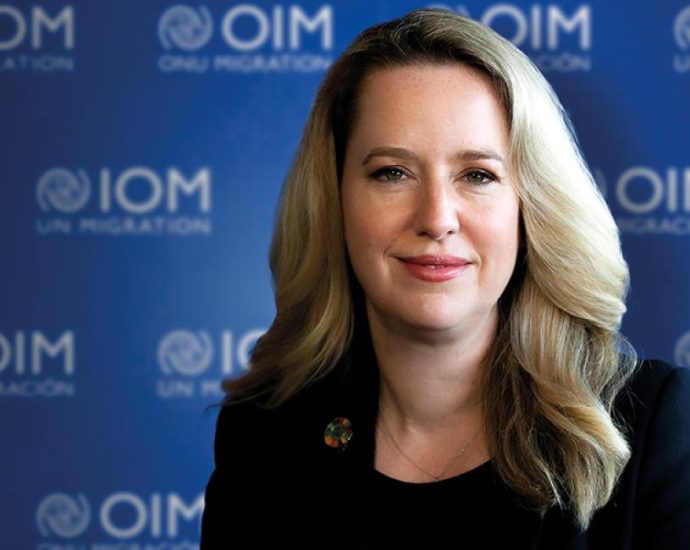Prigozhin & Surovikin gone, Wagnerâs back to fight
Wagner troops are in Belarus training the army there. More Wagner troops are now in a convoy on their way to Belarus. A spokesperson for Wagner and one of its top leaders have released videos with essentially the same bottom line: they will defend the fatherland and support Russia’s military and civilian leaders.
Wagner’s troops are back and private military contractor appears to be positioning to play a strategic role for Russia and Belarus.
A new head for Wagner has been selected. He is Andrei Troshev, a highly decorated Russian army veteran, a colonel, 70 years old, who played a major role in Syria where he was directly involved in military operations. His nom de guerre is Grey Hair.

The cofounder and éminence grise of Wagner, Yevgeny Prigozhin, has disappeared.
On June 29th Russian President Vladimir Putin held a Kremlin meeting with about 30 Wagner commanders, including Prigozhin. (General Sergey Surovikin, another missing player, did not attend the June 29th meeting.)
This three hour-long meeting, according to the Kremlin, came with an offer from Putin. He is reported to have said that all of the Wagners “can gather in one place and continue to serve and nothing will change for them. They will be led by the same person who has been their real commander all this time.” That person, Putin said, is “Sedoy,” using the Russian word for Grey Hair.
In reply Prigozhin said, “No, the guys do not agree with this decision.”
Prigozhin’s reply effectively terminated his control of Wagner. After the meeting, on either June 4 or 5, Russian police and the FSB (Russia’s successor to the KGB) raided Prigozhin’s large estate in St Petersburg.
Different reports popped up, some saying that Prigozhin had gone to his mansion in St Petersburg in a limousine to pick up his money and guns that were seized previously. Another report had him reporting to FSB’s offices in St Petersburg, doing the same thing. But in both cases these were rumors and no eye witnesses came forward.
It seems, in retrospect, that these stories and others were designed to keep Prigozhin’s actual fate under wraps.
The Prigozhin-led attack aimed at Moscow on June 24 was a near disaster for Putin. The Russian leader was moved out of Moscow as a security precaution. Loyal forces, including Chechens, presidential guards and police, were moved in to protect the Defense Ministry in Moscow, Prigozhin’s main target.
Prigozhin apparently believed that key leaders in the army, aside from Defense Minister Sergey Shoigu and Chief of Staff General Valery Gerasimov, would support his takeover, purge the defense minister and chief of staff and put Prigozhin and, perhaps, Surovikin in charge of Russia’s armed forces.
Putin would be handed a fait accompli. Either he could accept the change or, in Prigozhin’s view, he would be replaced. Prigozhin saw himself as Russia’s power broker and, depending on how things turned out, perhaps Russia’s new President.
Putin, it seemed, also was unsure about the loyalty of the army. That uncertainty was no doubt prompted by concern over “General Armageddon,” Sergey Surovikin.
Surovikin, who served as a special consultant to Prigozhin and Wagner, was extremely angry with the army’s leadership. Surovikin had been commander in chief of Russia’s armed forces from October 8, 2022, until January, 2023, when he was replaced by Valery Gerasimov.
Surovikin was given the vague title of deputy to Gerasimov and, while formally keeping the job, became a special consultant to Prigozhin. Surovikin’s humiliation, dished out by the old guard in the Army, no doubt led him to back Prigozhin strongly. The two of them made their move after the Bakhmut victory.
On June 24, as Wagner forces moved toward Rostov on Don, Surovikin made a self-serving video claiming that the invasion was wrong and saying that the Wagner forces should return to their bases. There is a presumption that this video was made to avoid any future prosecution if the Prigozhin-led coup d’état failed.
In late June Surovikin’s daughter allegedly told Baza, a Telegram channel, that Surovikin was working from home and had not been detained. Subsequently, Surovikin’s wife reported that her husband had not come home.
According to the Wall Street Journal and other outlets, Surovikin was detained along with thirteen other army officers.
Disposition of Wagner forces
It is now known that some Wagner forces are in Belarus training regular army forces there.
Andrey Kartapolov, who chairs the Russian parliament’s defense committee, said: “It is clear that Wagner went to Belarus to train the Belarusian armed forces. There is such a place as the Suwalki Corridor. Should anything happen, we need this Suwalki Corridor very much. A strike force is ready to take this corridor in a matter of hours.”
Poland has been massing forces along the border with Belarus, causing alarm in Minsk and Moscow. Foreign advisors, including the British, are now serving as technical aides to Polish forces at the Belarus border, signaling to Russia that the real issue might be a NATO initiative to bail out Ukraine by attacking Belarus, forcing Russia to divide its forces.
The Suwalki Corridor is a 96 km strip of land that connects the Russian enclave of Kaliningrad to Belarus. While Kaliningrad can be supported by sea or by air, the land bridge is important to assure normal communications. There are both roadway and rail links. This land strip is Polish territory on one side, and Lithuanian on the other.

Last year the Lithuanians blocked shipments along this route, lifting the blockade after the Russians threatened serious consequences. The Corridor is also thought of as a weak link for NATO since it is the only NATO land connection to the Baltic states from Poland and from Europe. Other than airlift, this is the land route NATO needs to support these countries.
Indian Punchline reports that, in a weekend interview, the number two German party Christian Democratic Union’s “leading foreign and defense expert Roderich Kiesewetter (an ex-colonel who headed the Association of Reservists of the Bundeswehr from 2011 to 2016) suggested that if conditions warrant in the Ukraine situation, NATO should consider a move to ‘cut off Kaliningrad from the Russian supply lines. We see how Putin reacts when he is under pressure.’”
On July 6 the Russians flew a Tu-214SR and two Su-30M fighter jets in international waters near Kaliningrad and on to Russia. They were met by British Typhoons that flew from Estonia to shadow them. The Tu-214SR is known as the Russian “Doomsday” plane. It is a mobile command and control platform with an extensive multi-intelligence payload. (See TASS photo below.)

The Tu-214SR was likely in the area reporting on Polish and NATO operations close to Belarus and Kaliningrad. The Russians regard Kaliningrad as having great strategic importance and are sensitive about developments that may threaten the enclave.
The US position on these developments is not known, but what is clear is that Ukraine is now taking heavy losses and may be on the cusp of losing the war with Russia.
There have been a number of negative reports coming from the Pentagon including Ukrainian Chief of Staff Valerii Zaluzhny, trying to rethink the failed Ukrainian offensive.
Africa
It appears that the deployment of Wagner forces in Africa is being normalized. Around 200 Wagner troops, in effect a normal rotation, have now arrived in the Central African Republic. They were flown there by COSI ( Community of Officers for International Security), a Wagner affiliate, on military helicopters. Earlier reports that there was a purge of Wagner forces in Africa appear to have been wrong and confused a force rotation with a purge.
Strategic Issues
The Ukraine war is part of a proxy battle between NATO and Russia. While there are indeed subsidiary issues important to the main combatants, for example the Russian-speaking population of Ukraine, NATO built up Ukraine’s forces before the Russian invasion to have sufficient force to take back key territories in the Donbas and Crimea. The NATO buildup was part of a plan to bring Ukraine into NATO and strategically isolate Russia.
The Russians countered the NATO plan, forcing the issue of the Ukrainian army buildup by openly invading Ukrainian territory. But before Russia sent its forces over the border, the Russians tried to engage Washington and NATO in a diplomatic process aimed at sorting out Russia-NATO and Russia-US issues. The effort took its most mature form in December, 2021, but it failed as both Washington and NATO refused the Russian initiative.
The issue of bringing Ukraine into NATO is still unresolved, even after the latest NATO summit in Vilnius. The Summit itself had hopes of declaring victory in Ukraine and even foresaw the overthrow of the Russian government. There were secret talks with key Russian figures, including Prigozhin.
But the Prigozhin coup failed and the Russians successfully fended off the long-awaited Ukrainian offensive. Ukraine suffered very high casualties and the initial loss of at least 20% of the Western equipment sent there to win the fight. Systems such as the German Leopard tank and the American Bradley infantry fighting vehicle were unsuccessful and an embarrassment.
Worse than that, the battle (still ongoing) revealed that systems and tactics designed to protect NATO from Russia were inadequate and based on a number of erroneous assumptions about war fighting.

It is far from clear that any gambit to try and save Ukraine by widening the war to Belarus would succeed, and doing so could put Europe into a general war on its territory. NATO is not prepared for war now. The failures in Ukraine amply illustrate that.
While it may be true that NATO can muster superior airpower, it would have to fly against effective Russian air defense systems and Russian fighter aircraft. But the big war would be on the ground, and NATO can’t fight that war now, possibly never can.
Will Washington use its proxy, Poland, to attack Belarus to try and save Ukraine?
Wagner forces are now risen from the ashes and Prigozhin and Surovikin are gone. If the chairman of the Duma’s Defense Committee is right, those forces are prepared to take the Suwalki corridor in case Poland starts a war with Belarus.
Stephen Bryen is a senior fellow at the Center for Security Policy and the Yorktown Institute. This article was originally published on Weapons and Strategy, his Substack. Asia Times is republishing it with permission.

